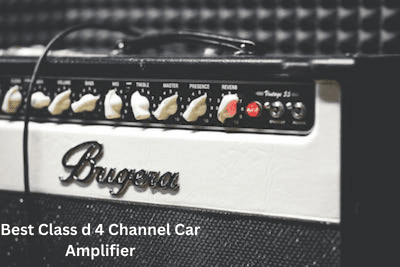An amplifier typically consumes 100 to 200 watts of electricity each hour. They use about the same amount of electricity as a refrigerator, a little more than ceiling lights, and 10 times less than a typical air conditioner, to put that into context. An amplifier typically consumes 100 to 200 watts of electricity each hour. They use about the same amount of electricity as a refrigerator, a little more than ceiling lights, and 10 times less than a typical air conditioner, to put that into context. Although a guitar amplifier typically consumes 100 to 200 watts, the topic is more complicated than it first appears.
Recommended Article: What Should You Not Do With An Amplifier?
It’s vital to take into account all the factors to determine if amplifiers use a lot of electricity because there are so many different amplifiers on the market, each with a particular set of features and internal components. The amount of electricity an amplifier needs is dependent on a number of variables. The power consumption of the amplifier is another factor that changes with the amplifier’s size, type (valve or solid-state), volume setting, and duration of operation. The total quantity of electricity that a specific amplifier will require depends on all of these factors. The amp will need more power to produce the necessary dynamic level the louder the loudness. Both solid-state and tube amplifiers require varying amounts of electricity because of how they operate and the differences between their internal parts. The power consumption and fuse value of a few well-known amplifiers are shown in the table below.
Related Article:
Why Should You Never Unplug the Power On a Projector After Turning it Off?
Why Does My Projector Keep Cutting Out?












